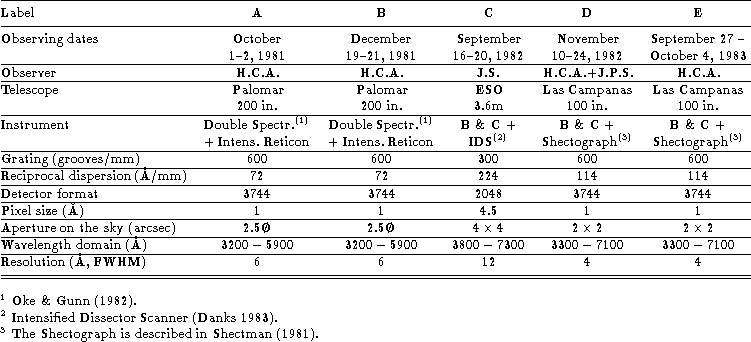
Table 2: Information about the different observing runs for the spectroscopic identification of the primary quasar candidates
Our sample of primary quasar candidates has been observed spectroscopically in order to identify the nature of the candidates. Several observing runs have been necessary; they are labelled A to E and are listed in Table 2 (click here) along with additional information on the utilized instrumentation. Wavelength calibrations were essentially done by comparison with He-Ar spectra (sometimes also Hg spectra) acquired with the telescope in the same position as for the science exposures. Flat fields were also obtained a few times during the night. All the observations were reduced in the standard way (nevertheless taking into account the particularities of the different instruments) using the IHAP reduction package developed at ESO (see Middelburg 1985). The response curves were derived from the observation of classical spectrophotometric standard stars (e.g. L930-80, HZ 4, ...).

Table 2: Information about the different observing runs for the spectroscopic identification of the primary
quasar candidates
A faint photometric sequence in the Johnson ![]() system has been estableished in the field of interest in
order to allow a precise calibration of the plate. Three observing runs of standard photometry have been
necessary to cover all our main fields; further information is given in Table 3 (click here). The Las
Campanas run has been determining for building-up the faint end of the sequences. Our program stars have
been observed against the standard stars catalogued
by Landolt (1983).
The data have been first reduced night by night, then merged and reduced again with a fixed colour
transformation. We made use of the SNOPY software initially developed at ESO by R. Barbier.
system has been estableished in the field of interest in
order to allow a precise calibration of the plate. Three observing runs of standard photometry have been
necessary to cover all our main fields; further information is given in Table 3 (click here). The Las
Campanas run has been determining for building-up the faint end of the sequences. Our program stars have
been observed against the standard stars catalogued
by Landolt (1983).
The data have been first reduced night by night, then merged and reduced again with a fixed colour
transformation. We made use of the SNOPY software initially developed at ESO by R. Barbier.

Table 3: Information about the three observing runs of standard photometry